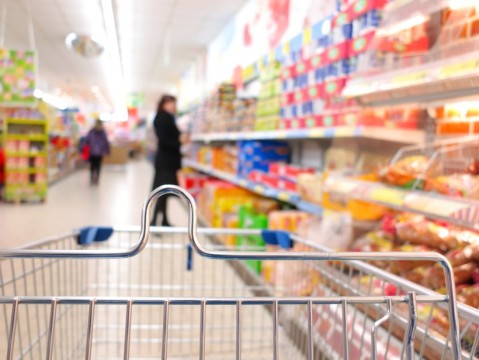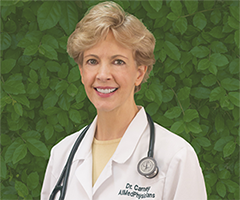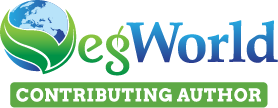DrCarney.com Blog
Dr. John McDougall Offers Label Reading Advice
Eating a whole-food, nutrient-rich, oil-free, plant-based diet focuses on consuming foods that aren't sold in a package or have a label. As Dr. Michael Klaper likes to say "Eat food as grown!" In other words, choose food items that are as close as possible to how they are found growing in nature. For instance, corn is a whole/intact, unprocessed food that can be found growing in nature; it can be harvested and is part of a health-supporting diet. On the other hand, corn oil is a highly-refined, unnatural, concentrated product that has been stripped of its many healthy components, leaving behind only one of its components--the oil. Therefore, corn oil should be avoided because it is not a whole food, it cannot be harvested, and it isn't found "growing in nature." For this reason, Dr. Alan Goldhamer from TrueNorth Health Center refers to vegetable oils as isolated, "fractionated foods."
While the majority of our food choices come without a package (from the produce and dry bulk section of the grocery store), many acceptable items do come in a package--frozen vegetables, canned beans, or whole grain breads. When purchasing an item that comes in a package, it's extremely important to follow Jeff Novick's first rule of label reading--"Never ever believe anything on the front of the package--ever!" Keeping this in mind, I encourage you to watch Dr. John McDougall's four-minute video below (from his "younger" years).
Dr. McDougall explains how the label on the back of the package lists ingredients in the order in which they are most plentiful, from the highest to the lowest content. For instance, the first ingredient listed would be the most dominant ingredient in the product, and the last ingredient on the list would be the least. However, in order to make their product more appealing to health-conscious individuals, large food industries break down ingredients like dairy and added sugars into many separate ingredients. For example, if the first ingredient on the label said "sugar" (which would be the main ingredient in the product), we would certainly want to avoid this product. Yet food manufacturers can add many types of sugar to their products like honey, corn syrup, molasses, brown rice syrup, agave, and evaporated cane juice. Adding separate and smaller amounts of different types of sugar allows them to list these ingredients farther down the list, making it appear as though the product is low in sugar. Ultimately, when all of the different types of sugars are added up, the total sugar content would exceed the amount of other ingredients in the product, making it a highly-addictive and palatable product. Given the potential health risks associated with toxic and addictive food products, taking the time to turn the package over to read the ingredient list will help you make the best choices for you and your family's health! Stay tuned for more blogs in the future which will discuss in greater detail how to read food labels!
Additional Information:
(1) Shopping for Healthy Food with Chef AJ
(2) Which Foods are the Most Popular?
(3) Breaking the Food Seduction
Scroll Down Page to Leave Comments

Organized Resources to Share
Share our favorite whole-food plant-based no-oil Resources with your friends and for real meaningful sharing, invite them to Join Our Community.
Preview the "Why We Do What We Do?" Trailer
Controlling Cravings: Have you ever asked yourself "Why did I eat that?" Get science-based answers, now! Gain freedom from addictions. Understand underlying causes. Make lasting changes more easily than ever. Strengthen your ability to choose healthy foods through empowerment from Dr. Carney's Starch-Smart® System. Let's boost your 'biochemical willpower' for good. Help is here, from Linda Carney, MD, for all who struggle with bad habits, food fixations, and cravings.
Video Credit - Reading Labels, Dr. John McDougall's Early Years
When you subscribe to the blog, we will send you an e-mail when there are new updates on the site so you wouldn't miss them.




